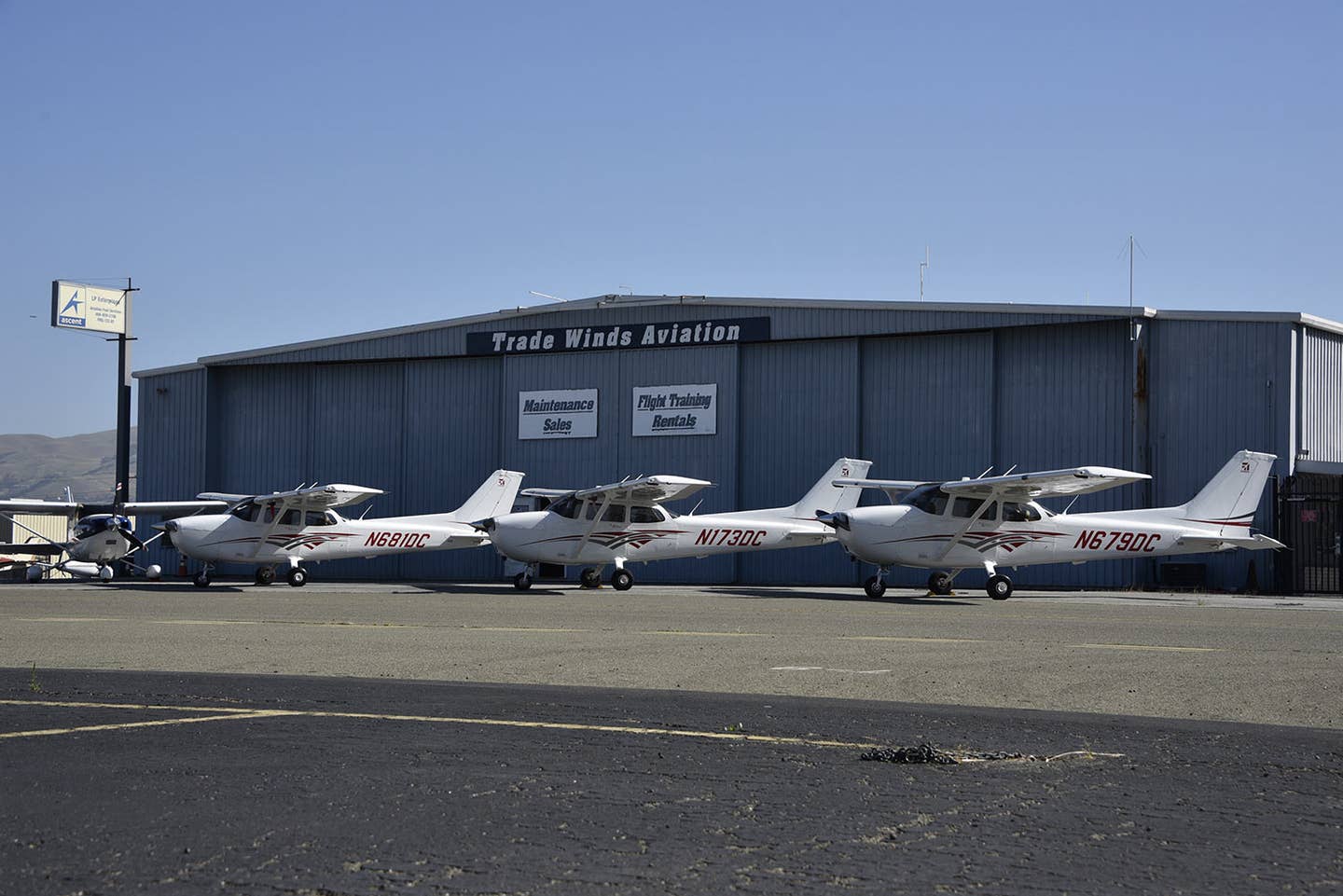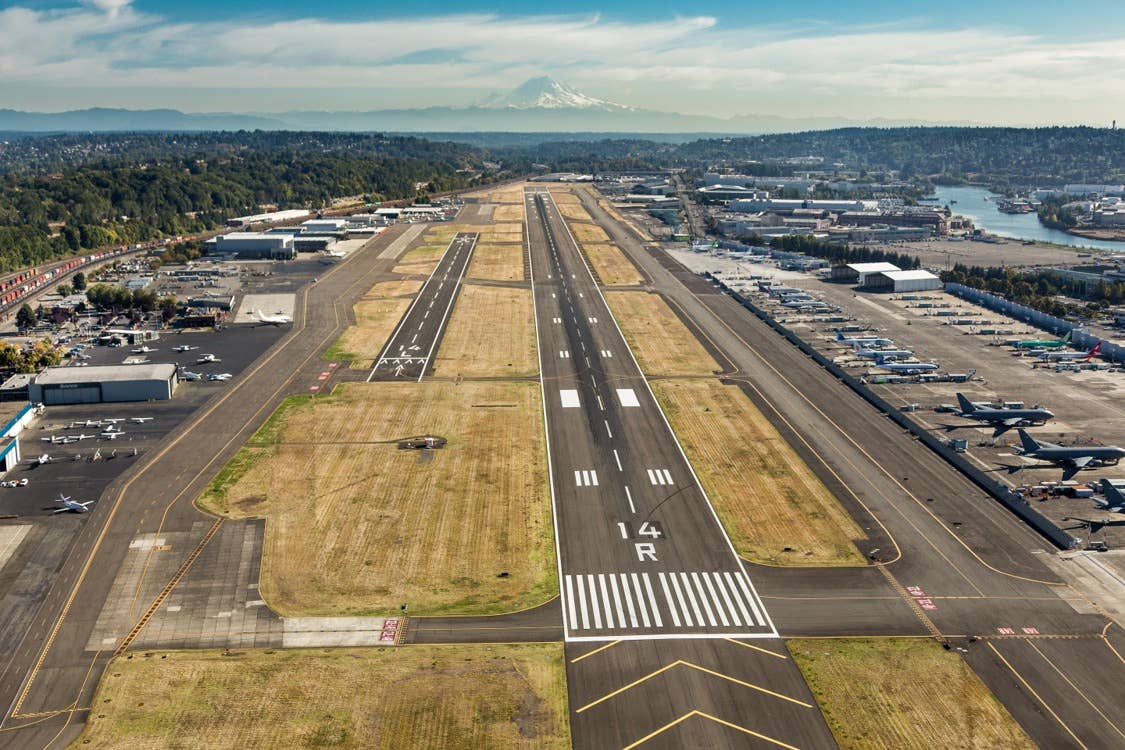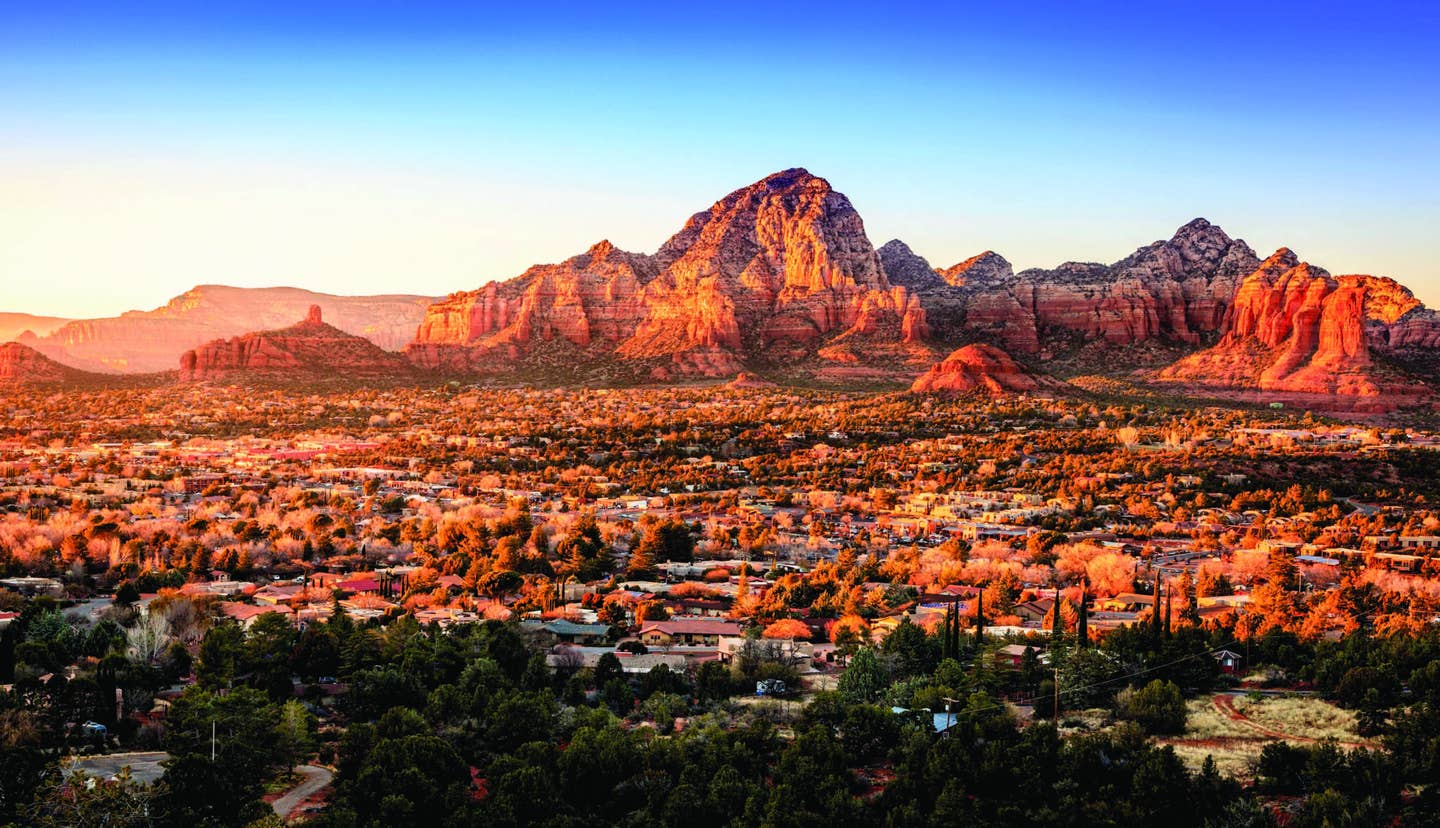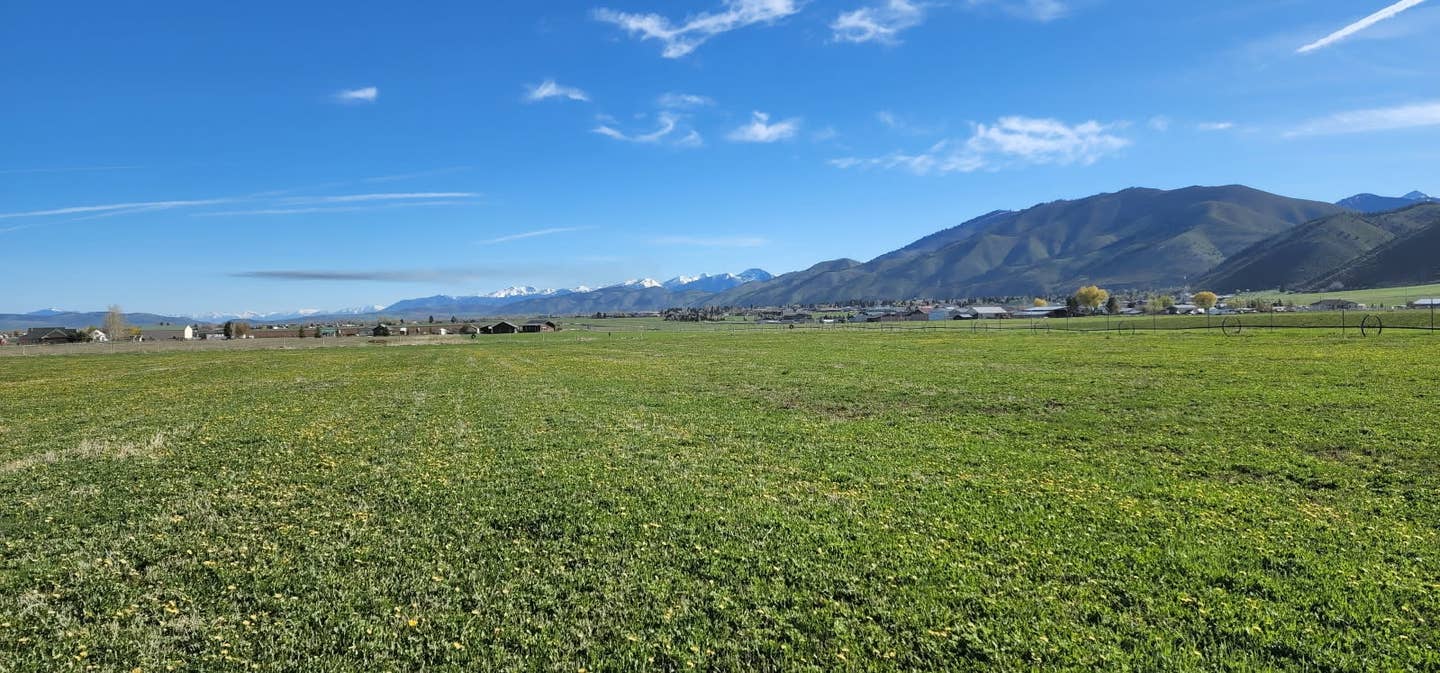Pittsburgh Offers Steel, Coal, Culture, and Much More
A flying visit to the Pennsylvania city had languished on the travel wish list for decades until last year.
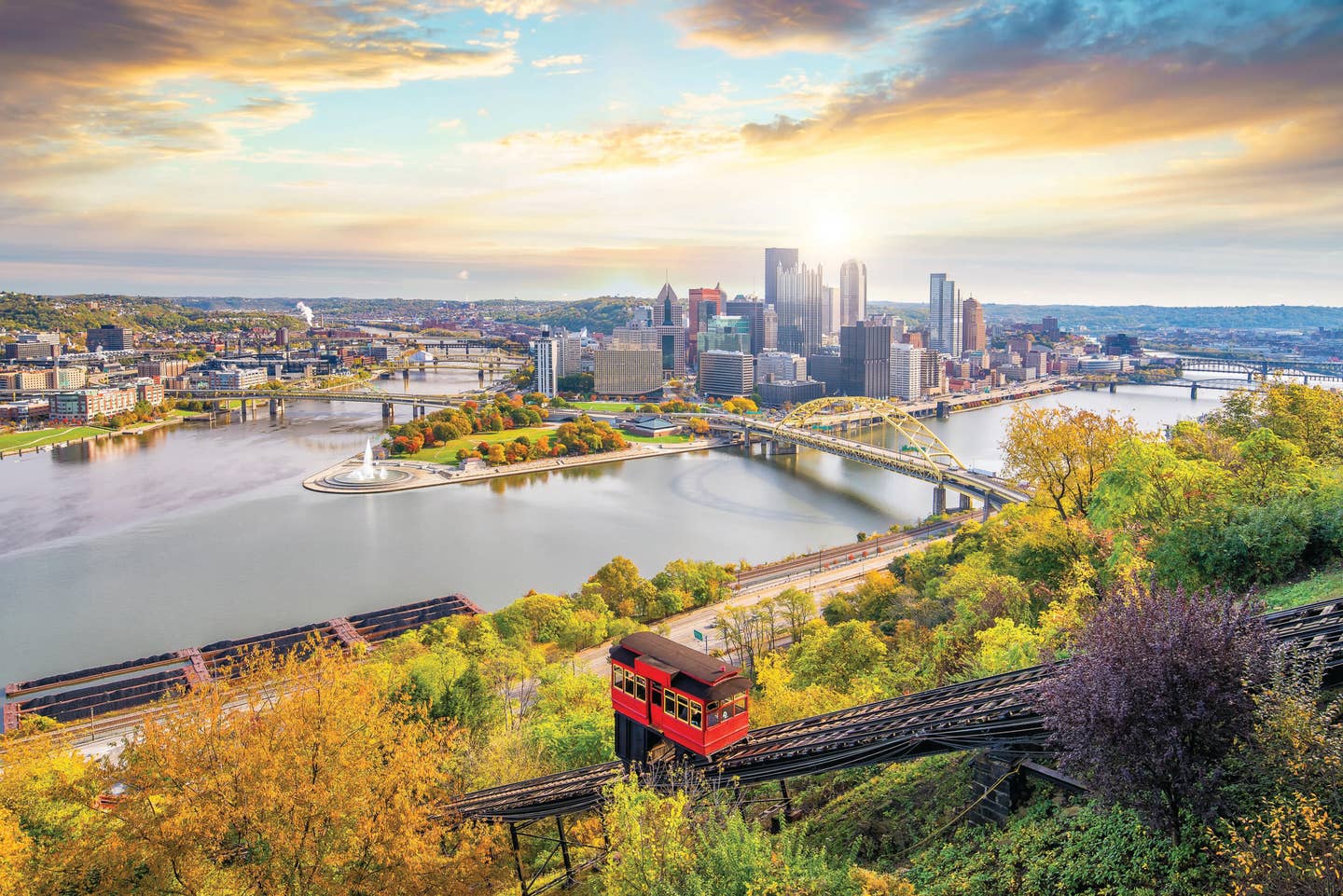
Downtown skyline and vintage incline in Pittsburgh at sunset. [Adobe Stock]
A visit to Pittsburgh had languished on my travel wish list for decades until I finally made the trip last year, thanks to the Steel City Freeze. The Freeze is an annual youth volleyball tournament and February tradition in which my son, Ben, and his club team participate.
Our visit was almost perfect, with exciting matches, great competition, and enough spare time to enjoy some of the city’s attractions. The only downside was the drive, which took about six hours from our home in New Jersey. As we crept on a congested section of the Pennsylvania Turnpike, I glanced at Ben and said, “Let’s fly next time.”
If you're not already a subscriber, what are you waiting for? Subscribe today to get the issue as soon as it is released in either Print or Digital formats.
Subscribe NowI have learned to make such suggestions in a confident tone that belies the complex, often unpredictable nature of traveling in light aircraft. High winds , freezing rain, or any hint of a winter storm could scuttle our plans with little notice. If things go as planned, though, Dad might look like he knows what he is doing. It all worked out this year.
Getting There
Ben and I planned to fly right after school dismissal on a Friday afternoon so we would arrive in time to meet up with teammates for dinner. As usual, though, a number of delays conspired to grant us a departure at the tail end of sunset. Cleared for takeoff from Essex County Airport (KCDW), I lined up on Runway 22, applied full power, and soon Annie, our Commander 114B, was rising above suburban New Jersey, bending to the north to avoid nearby Morristown Airport’s (KMMU) Class D and heading straight for Pittsburgh.
Within 15 minutes the orange sky just above the horizon faded to black, and we were cruising through darkness, listening to radio traffic and acknowledging occasional handoffs from ATC. We also monitored our progress across Pennsylvania’s vastness based on the clusters of lights marking waypoints on the ground.
- READ MORE: New Orleans Is a GA-Friendly, Fly-In Locale
Scranton, Wilkes-Barre, and Hazleton, a solo cross-country destination from my student-pilot days, slipped by quickly. Getting past Harrisburg to our south, however, seemed to take forever. The headwind at 6,500 had risen to 30 knots almost directly on the nose, adding to the sense of slog. Still, we were making far better time than the many closely packed headlights on the turnpike below.
Ben had retreated into slumber long before Harrisburg but awoke in time to see the encouraging glow of Altoona, followed closely by Johnstown before Pittsburgh loomed ahead. Soon we had our runway in sight and were cleared to descend and contact the Allegheny County tower. After shutting down I checked my watch. The trip took 2 hours and 30 minutes, which was not bad considering the wind and far better than a six-hour drive. We picked up our rental car and got to the hotel before the kitchen closed. Just.
The Airport
There are several airports convenient to Pittsburgh, from turf strips to the 2-mile-long runways of Pittsburgh International Airport (KPIT). Many general aviation pilots have long considered Allegheny County Airport (KAGC) the most convenient access point because it is in town, close to the places business and personal travelers want to visit. For those approaching from the east, as we did, KAGC is especially efficient because it is nearly 20 nm short of KPIT, tucked beneath the big airport’s 4,000-foot Class B shelf.
Opened in 1931, Allegheny County Airport succeeded Bettis Field, an airport developed in the 1920s on former farmland as part of the rapidly growing airmail network. Bettis became an aviation crossroads that hosted a number of notable pilots, including Charles Lindbergh and Amelia Earhart. KAGC was the primary field serving Pittsburgh until KPIT opened in 1952. By that time it was clear that the old airport was too small to handle the jet airlines that were on the way. Standing on the ramp now, however, it is easy to imagine DC-3s, DC-6s, and other propeller-driven transports operating there.
- READ MORE: New Orleans Is a GA-Friendly, Fly-In Locale
To understand what a big deal the airport was, GA pilots have to visit the original art deco terminal. Typical of early airline terminals, the building is beautifully decorated but impossibly small by modern standards, without the space required to handle modern ticketing lines and TSA checks. Airplanes and the flying public were smaller then. The Pittsburgh History & Landmarks Foundation added the airport to its list of historic landmarks in 1981.
Things to Do
Pittsburgh is a stunning place, beginning with its geography. The famous three rivers—the Ohio, Allegheny, and Monongahela—converge downtown, and parts of the city sit high above atop steep inclines and sheer cliffs. Beginning in the 1800s, steam-powered incline planes, also called funiculars and gravity railways, were used mainly to transport coal but quickly caught on as passenger services connecting many of the hilltop communities with the busy riverbank districts below.
More than 20 funiculars operated through the early 20th century before ridership gradually declined and most of the tracks were removed. Today you can ride the restored Duquesne and Monongahela inclines that have long provided direct access to the hard-to-reach Mount Washington and Duquesne Heights neighborhoods high above the city. The funiculars’ hilltop stations provide some of the area’s best views.
Visitors could spend weeks walking and driving across the city’s many bridges and studying their varied designs. With three rivers meeting downtown, Pittsburgh’s transportation network revolves around the bridges. Anyone interested in architecture could also become happily lost among the wide-ranging styles of Pittsburgh, where one can find colonial-style taverns sandwiched between steel and glass high-rises and Brutalist apartment blocks.
Historical groups offer numerous walking, bicycle, and bus tours that can give visitors concentrated doses of Pittsburgh’s rich history in specific areas of interest. One example is “Fire in the Valley: Carnegie Steel and the Town That Built America,” an in-depth tour of the Steel City’s industrial past, including sites of former mills and pivotal events such as the 1892 Battle of Homestead, a clash between members of the Amalgamated Association of Iron and Steel Workers union and Carnegie Steel’s security force.
There is so much to see that you might want to stage your own walking tour by choosing a group of waypoints within a reasonable distance. During breaks in the volleyball tournament, I joined groups of parents to check out local shops, galleries, and the vibrant craft beer scene. Our hotel was around the corner from the Andy Warhol Museum, a must-see for any visitor and a wonderful resource for anyone interested in learning more about the late artist and Pittsburgh native. Warhol is buried in St. John the Baptist Byzantine Catholic Cemetery in nearby Bethel Park.
Pittsburgh is not a small town, but it feels like everything is close. Its sports venues are in town, all of them easily walkable. Acrisure Stadium, where the NFL’s Steelers play, sits in a picturesque spot near a riverfront promenade. Last year our downtown hotel was across the street from PNC Park, where the MLB’s Pirates play. The PPG Paints Arena is home to the NHL’s Penguins and is situated within a few blocks of the convention center where our volleyball tournament takes place. Our rental car remained parked for most of our stay.
One thing you should think about when planning a visit to Pittsburgh is when you might be able to make a return trip. There will always be something that you missed because you ran out of time. Even if you carefully choose your points of interest, you are bound to meet someone who will recommend an attraction you had not considered.
In our case it was the Mount Washington neighborhood, once known as Coal Hill. After the tournament we wound up spending hours exploring this one-of-a-kind community and its challenging terrain. It is the kind of place that impressed even teenage Ben, who took dozens of photos and kept asking if we could walk just a bit farther to see what was around the next corner—a minor miracle.
Eventually we got back to the airport and prepared for another night flight. I had planned to be airborne earlier but could not complain because the Mount Washington stop was so much fun. As usual, Ben poked fun at the headlamp I wear when preflighting at night. He finds it almost too nerdy for words, but I would not fly without it.
We took off toward the city, taking in a beautiful parting view before making the 180-degree turn that put us on course back to KCDW. ATC cleared us to climb through the Class B, and soon we were cruising at 5,500 feet. Ben fell asleep before we cleared the Mode C veil, leaving me with the hum of Annie’s IO-540 for company. The 30-knot winds aloft from Friday night were still with us, too.
Only on the tail this time.
Allegheny County Airport (KAGC)
Location: West Mifflin, Pennsylvania
Airport elevation: 1,251.5 feet msl
Airspace: Class D
Airport hours: Continuous
Runways: 10/28, 13/31
Lighted: Yes, all runways
Pattern altitude: 1,000 feet agl for all traffic
This column first appeared in the April 2024/Issue 947 of FLYING’s print edition.

Sign-up for newsletters & special offers!
Get the latest FLYING stories & special offers delivered directly to your inbox



